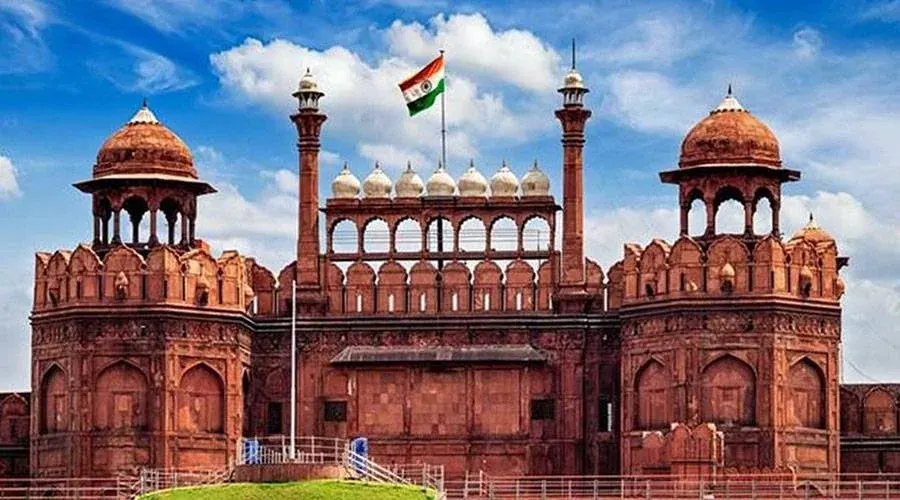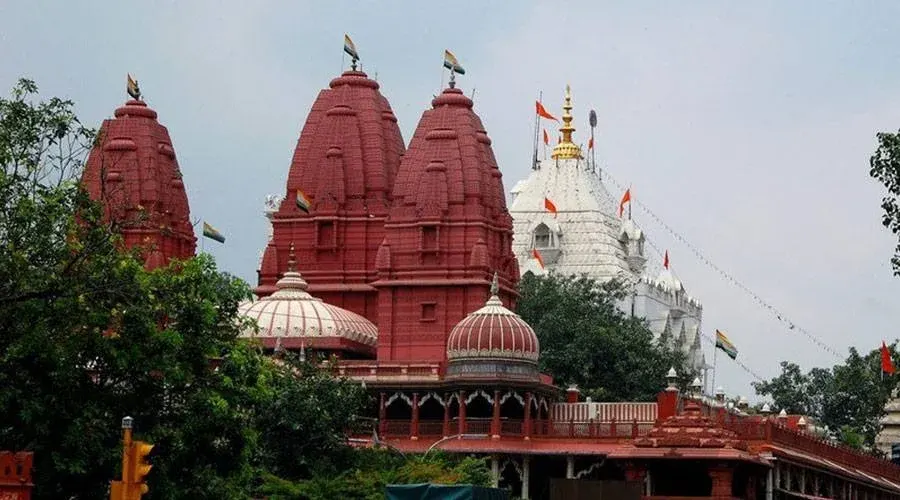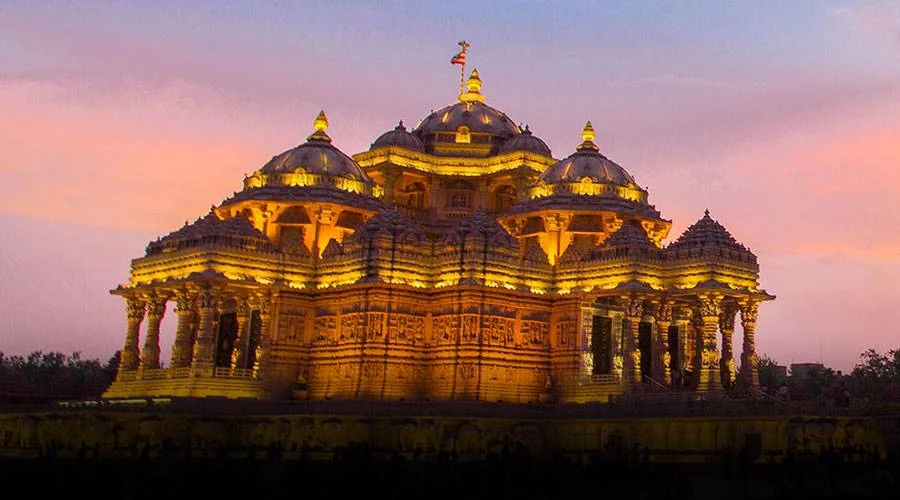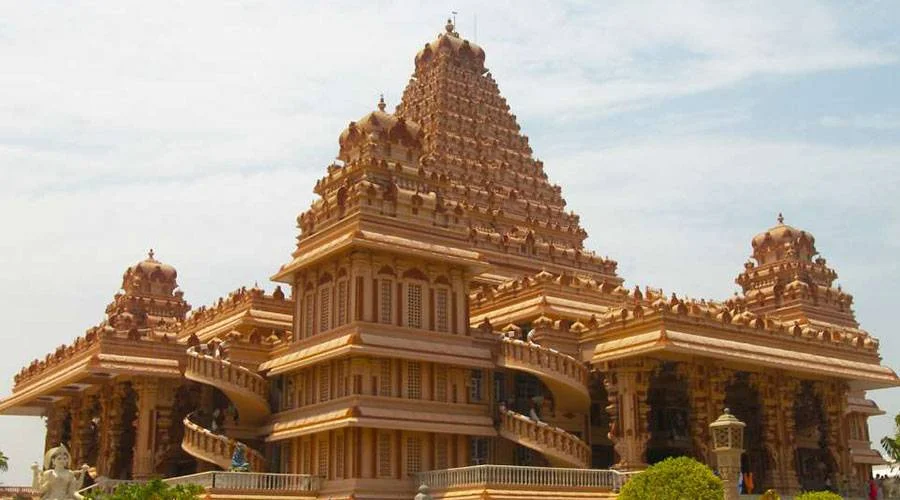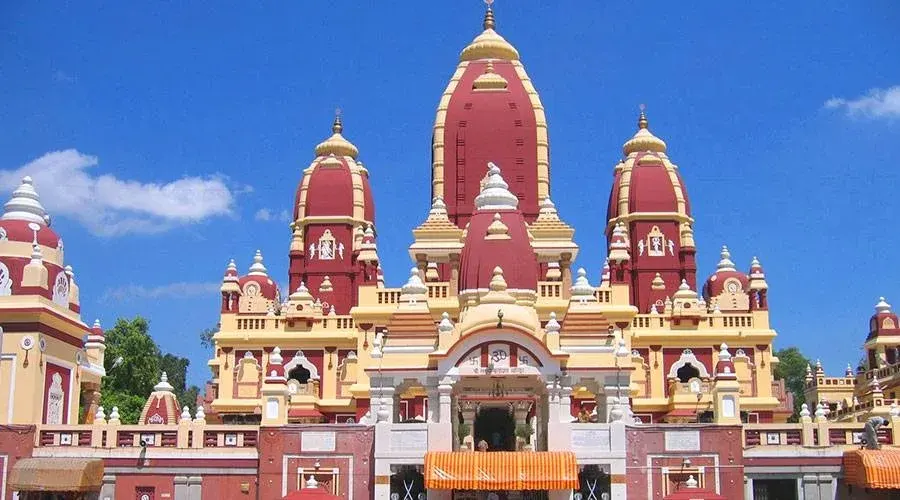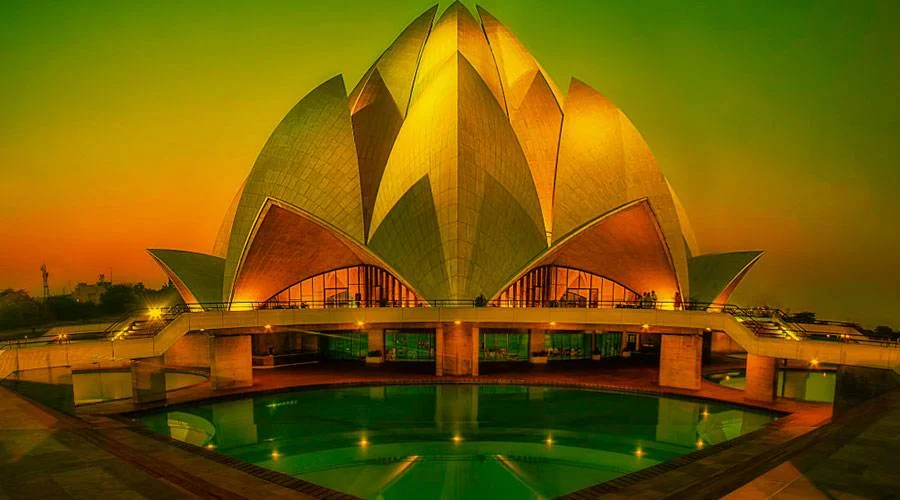Teen Murti Bhavan, Delhi
The Teen Murti Bhavan is a splendid and historical architecture located in the Indian capital city of New Delhi. This magnificent structure was built in the year 1930 by British architect Robert Torr Russel as a part of the new capital city and served as the residence of the Commander-in-Chief of the British Indian Army. After Independence, it was converted into the residence of the Indian Prime Minister, who was Pt. Jawahar Lal Nehru at that time. The Teen Murti Bhavan was his residence for 16 years until his death in 1964, after which the house was converted into a memorial dedicated to him. It is called so owing to the statue of three soldiers that exists in the premises of the Bhavan.
In addition to being an important national memorial, Teen Murti Bhavan today houses various institutions like the Nehru Memorial Museum and Library. Some parts of Nehru's old office have been recreated in the museum by using the same furniture and other artifacts that he used at that time, while the library has exhaustive resources on the modern history of India. The office of Jawaharlal Nehru Memorial Fund is also situated within the bounds of the Bhavan. One of the four Nehru Planetariums is also located within the grounds of the house and is a place of keen interest for children and science enthusiasts alike. The planetarium hosts some really interesting shows and presentations in its sky theatre and is a must if you happen to visit this place.
History of Teen Murti Bhavan
An architectural marvel with incredible history attached, the splendid Teen Murti Bhavan was built in 1930 by a British Architect named Robert Torr Russell. He was also a British soldier and can be credited with the design of Connaught place and Pataudi Palace. Initially, when the structure was built, it was used as a residential place of the then Commander-in-chief of the British Indian Army. Back then it was named the "Flagstaff House" and was also the winter headquarters of the Commander-In-Chief.
The Flagstaff house was later renamed as Teen Murti Bhavan after the three statues which were built by British designer Leonard Jennings. The statues were built to commemorate Jodhpur, Hyderabad, and Mysore Lancers who gave their all in the fight against Syria and Palestine in the Second World War. After independence Teen Murti Bhavan became the residence of the first Prime Minister of India, Pandit Jawaharlal Nehru. Jawaharlal Nehru continued living there for 16 years until his death in 1964. After his death, the Mukti Bhavan was converted into a memorial dedicated to the Great leader.
Today the Bhavan houses a well-stocked library and a museum that has refurbished furniture when it was used back then by Nehru himself. In August 1968, the Union Cabinet decided to make this place the abode for all Prime Ministers'. But amidst heated debates and controversies, Mukti Bhavan stands as a memorial place of Nehru.
Architecture of Teen Murti Bhavan
The architecture of the Bhavan is a convergence of French and Victorian architecture built of stone and stucco. The 3 statues made of stone and bronze were created by Leonard Jennings and represent the brave soldiers who fought a tough battle against Syria and Palestine during World War. The palatial property exudes colonial charm and an aristocratic distinction and appeal. The windows are slatted, some chairs resemble the ones sat by erstwhile kings and queens remind you of the majestic and regal colonial era. There are giant marble staircases made with superior quality marble which are intact even today.
The entire feel of the Bhavan is dreamlike and resembles the palaces that we see in fairy tales with huge portraits, a fireplace, and frames that are intricately carved with images of the olden times.
Mukti Bhavan with its structure and design has put in awe thousands of people who land here to envision this charming beauty.

